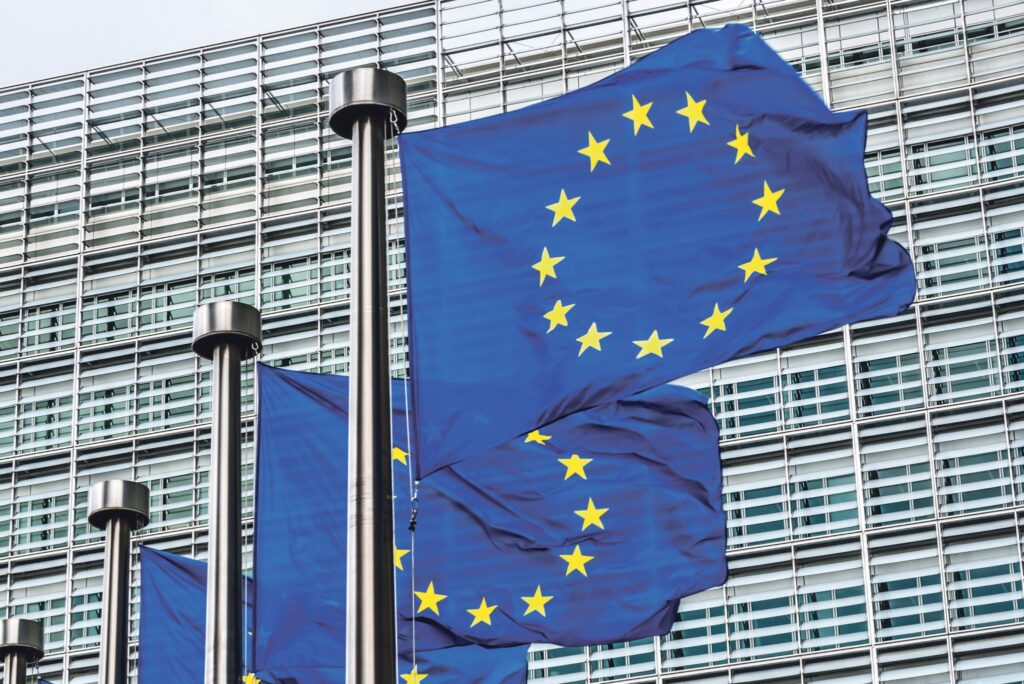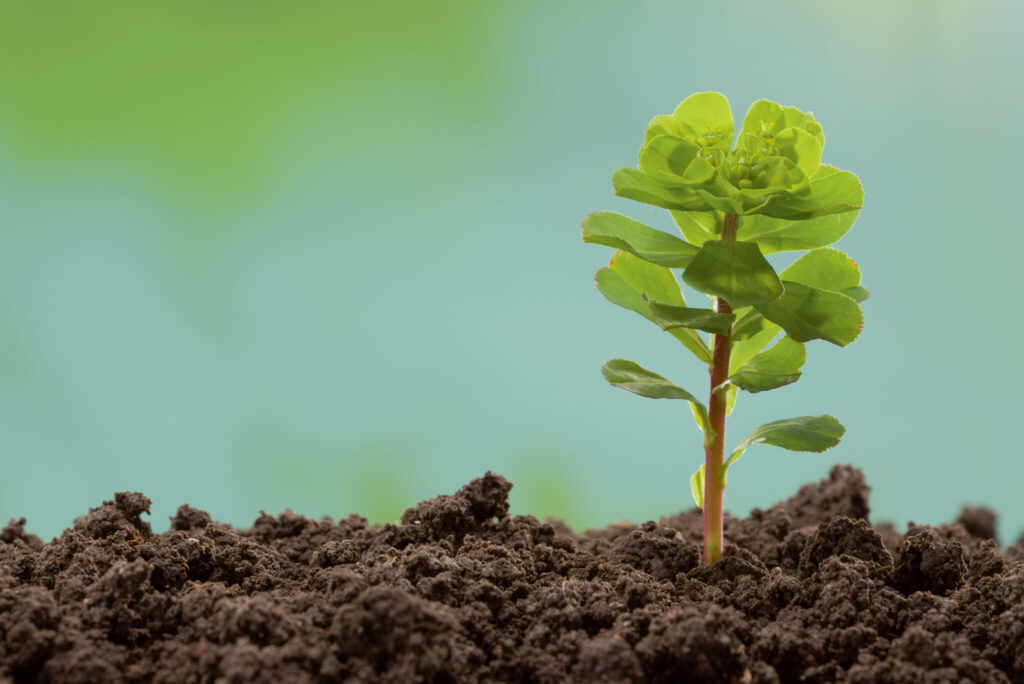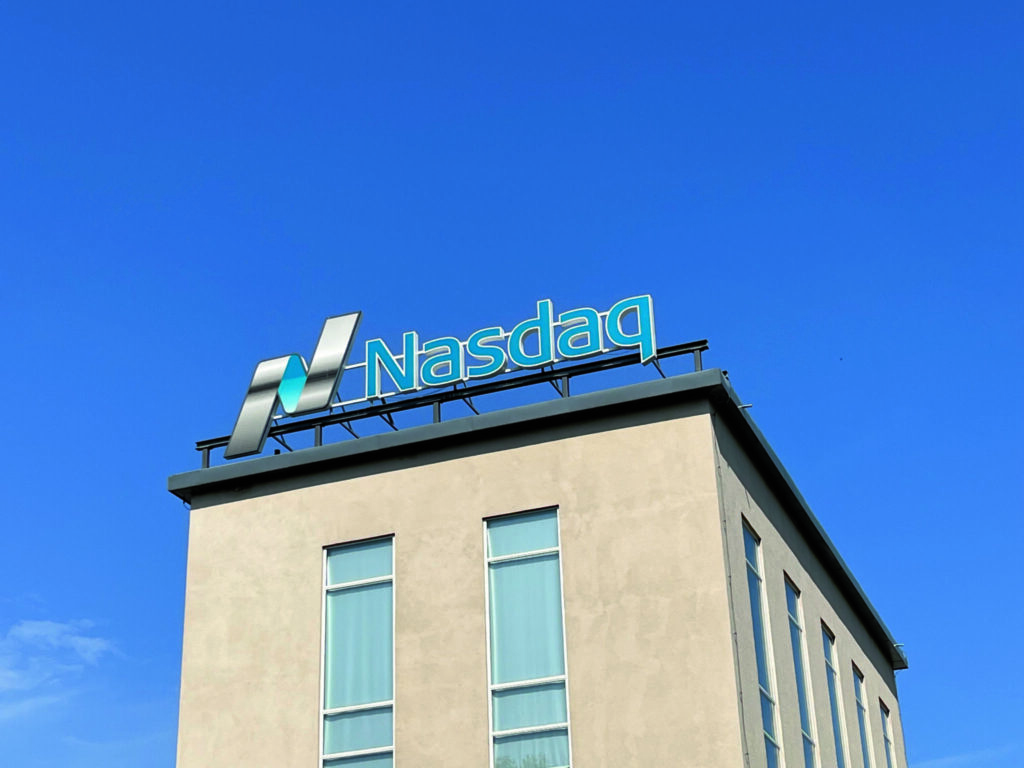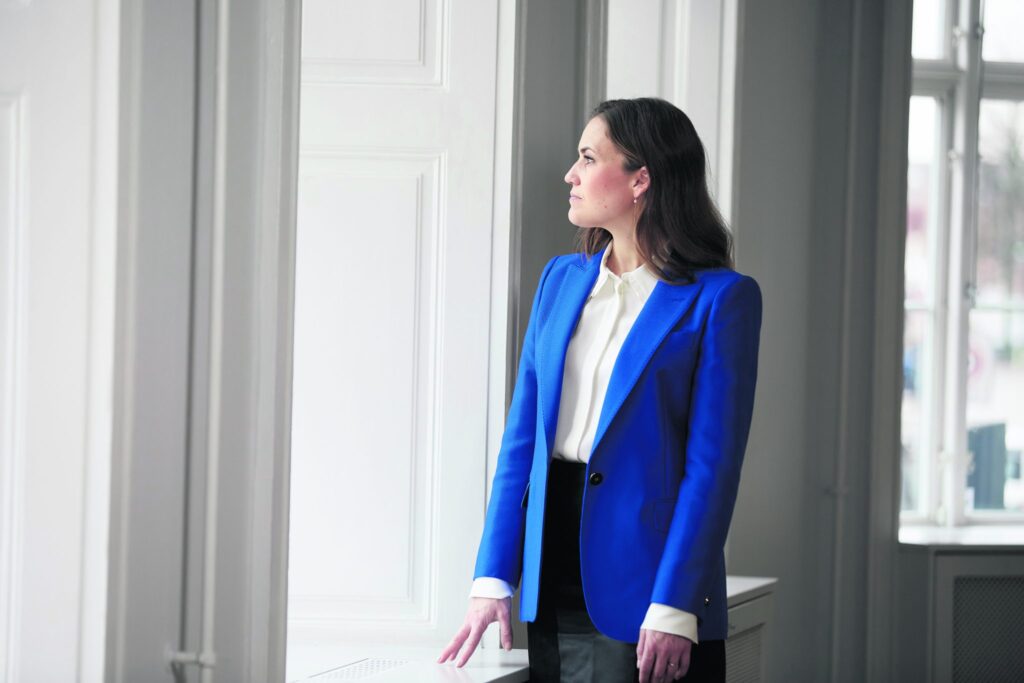Sustainability

GREEN TRANSITION IN A TIME OF ENERGY CRISIS
Nordic Business
This is why energy efficiency must be included in the solution. But we need to think in new ways if we really want to make a difference, says Anders Stouge, CEO of the Danish Construction Federation.
Green transition during a time of energy crisis
As the CEO of the Danish Construction Federation, Anders Stouge heads more than 6,000 member companies in the Danish building and construction sector, which is why he’s often looked to when solutions are needed. The green transition is no exception.
“Like many other sectors, the building and construction sector is faced with a massive task in the green transition. Over the last few years, we’ve experienced what you could call a ‘green wave’ from the EU, with various legislative packages and initiatives to push the development. Still, we’re also seeing a market that increasingly looks in that direction. We are currently in a place where there’s a huge focus among companies to lift this task, so I’m hopeful for the future.
Throughout the past year, we’ve also dealt with a new reality of skyrocketing energy prices, which has attracted much attention from citizens, companies, and politicians. There has been great demand for solutions to free us from Russian gas in the short term while at the same time ensuring that we don’t end up in a similar situation in the long term. To this end, the focus on energy efficiency has naturally increased as we need to optimise the available energy. In the EU, a political agreement has just been entered on a new energy efficiency directive, which includes a target for reducing the EU’s energy consumption by 11.7 per cent by 2030 and a renovation commitment of three per cent annually in the public sector. In other words, we will be busy in the coming years.”
Energy efficiency vs sustainable energy
Denmark has a proud history of promoting energy efficiency. Many of our companies supply energy-efficient pumps and intelligent management of buildings, windows, insulation materials, etc., that are exported and used worldwide. However, in the past decade, the main focus in Denmark has been more on the transition to renewable energy from, for instance, solar cells and wind turbines. In contrast, the promotion of energy efficiency has taken a back seat.
The two wings are at odds with one another, vying for the favour of politicians. However, this is an unnecessary and false antagonism. Instead, we should consider energy efficiency and sustainable energy as sides of the same coin, Anders Stouge argues.
Energy efficiency 2.0
According to Anders Stouge, energy efficiency involves more than simply turning off the heat and light to save energy.
“You often hear this notion that the cheapest energy is the one we don’t use, but we must be smart about this. We need to reduce the energy demand so the demand can be met by electricity produced from renewable energy sources, as this can be done at a lower cost in the energy system.
It is precisely by thinking about the energy system and energy efficiency together across sectors that we can make the most of our energy. Data centres and factories, etc., supply surplus heat that can be used sensibly elsewhere, such as heating buildings in other sectors.
At the same time, we must spread out our consumption, using electricity when it’s cheapest, which many have already done since energy prices surged. Finally, we can’t escape the electrification of, for instance, heating sources and engines, which can result in major savings. This overall package can be called Energy Efficiency 2.0 because it goes beyond traditional energy optimisation. Energy Efficiency 2.0 is necessary if we really want to make a difference in the green transition and the energy crisis,” Anders Stouge says.
The benefits are manifold – the solutions are available
Thinking about energy efficiency in a new context brings about many benefits.
“The obvious benefits of Energy Efficiency 2.0 are, of course, energy savings to the benefit of both the climate and the bottom line. But by, for instance, distributing our energy consumption over the hours of the day, we also reduce the load on the electricity grid and thus avoid having to incur costs for expanding the grid to increase capacity. At the same time, we achieve greater security of supply as we reduce society’s energy needs while covering it with renewable energy, which frees us from Russian gas.
Finally, companies have great potential for lower operating costs and increased productivity. With Energy Efficiency 2.0, we strive towards a society that ‘goes further on the litre’ to the benefit of all, and we are well on our way.”






